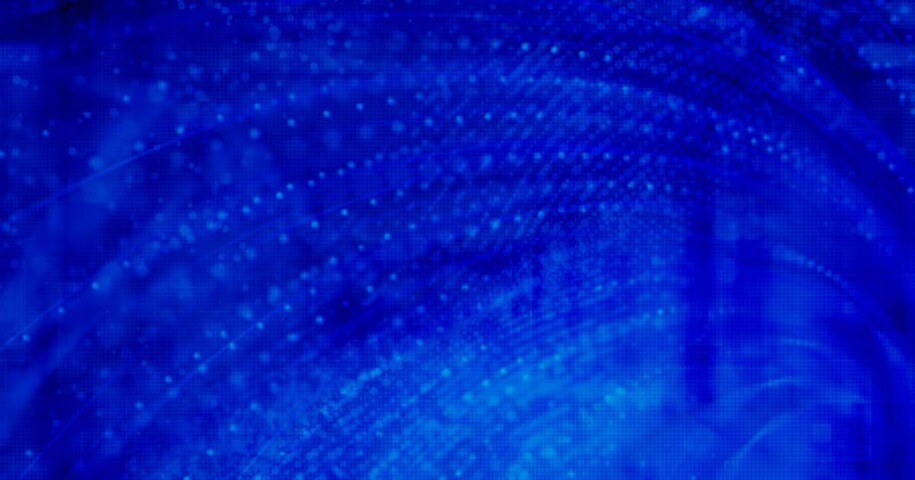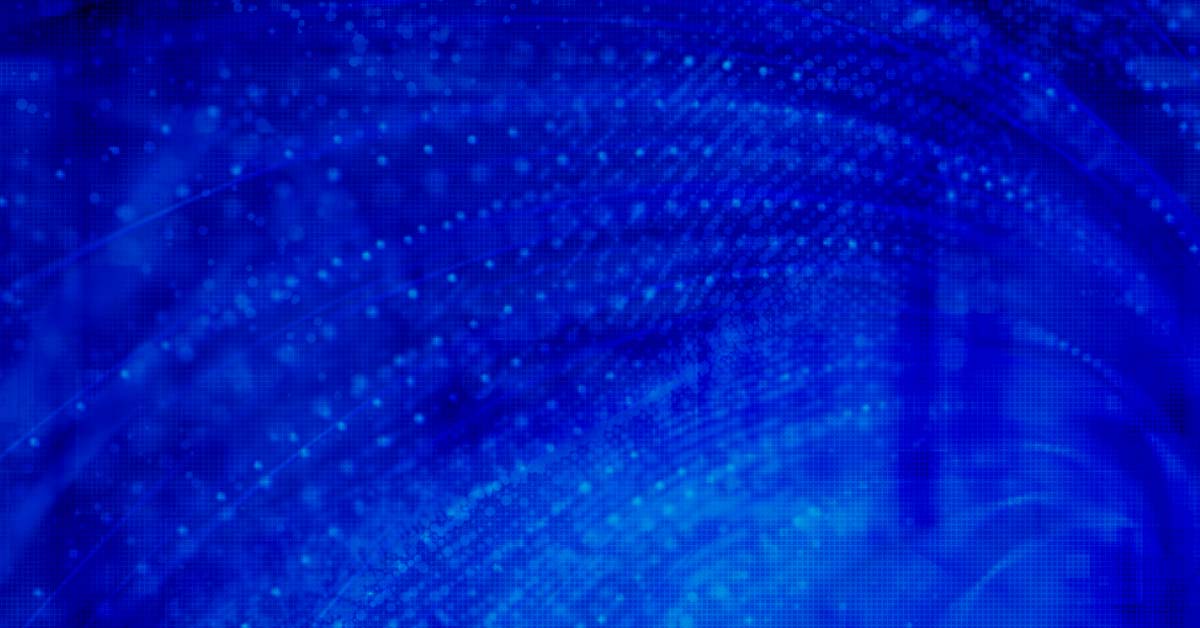Software asset management (SAM) best practice principles that companies should adopt include:
- Manage hardware assets effectively throughout the full asset life-cycle
- Define software application requirements (i.e. which applications, versions and editions should be purchased)
- Centralize purchasing and maintain a central license repository
- Collect hardware and software inventory (including physical and virtual machines)
- Reconcile installations against purchased licenses
- Manage software maintenance
- Apply license entitlements to minimize license consumption
These are all necessary and important steps to adopting best practice-based SAM. Let’s look at the first step.
Manage the hardware asset life-cycle
An important starting point when adopting a software asset management best practice strategy is to establish control of hardware assets throughout their life-cycle. Understanding what hardware is deployed is essential to understanding what software is installed and is critical for optimized license management. However, managing the hardware asset life-cycle can be highly challenging. Large organizations don’t always have visibility of the hardware deployed and so making use of an inventory tool can be an eye opener in terms of discovering previously unknown devices. However, many inventory tools don’t manage virtual machines or non-Windows machines very effectively, and may not fully support complex license metrics. Only a next generation software asset management tool can truly provide a complete view of the hardware and software estate.
Such a tool requires integration between the hardware and software asset management functions. In addition, these software asset management and license optimization tools must integrate with other IT systems such as procurement, Enterprise Resource Planning and Human Resources. In fact, IT Infrastructure Library (ITIL), a standard that outlines how IT infrastructure should be managed effectively, lists integration with other IT systems and processes as being key to the success of any SAM program.
Understanding hardware inventory is a useful indication of where a ‘software liability’ may exist. But aligning this against purchase quantity is not by any means a one-to-one relationship for a number of reasons—such as different license metrics and software product use rights, for example. Nonetheless, having an accurate grasp on hardware assets is crucial. This includes assets that are yet to be installed along with those that are no longer active on the estate. Some common gaps in managing the hardware asset lifecycle that pose some level of risk to an organization include:
Purchased hardware not yet active on a network
Hardware that has been purchased, but not yet used can represent a significant, but largely under-managed capital value.
Hardware currently in storage
Hardware assets in storage with software installed still represent a legal license liability. This means that the software on an unused hardware device must be counted as part of any software vendor audit even though the device itself is not active. Software must be wiped as the hardware asset goes into storage in order to reduce software license compliance risk and enable the companies to re-harvest the licenses for use elsewhere.
IT Asset Management
It all starts with knowing what’s in your IT ecosystem. Flexera One discovers even the most elusive assets whether on-prem, SaaS, cloud, containers and more.
Hardware that has been retired
Many companies are not vigilant about tracking retired or disposed hardware assets. Although the computer is no longer active, its status is frequently not updated. Worse still, installed software on retired computers is often not tracked or re-harvested. This represents a potential cost risk to the organization as new licenses for the same software may be purchased unnecessarily. Original Equipment Manufacturer (OEM) software, which comes pre-installed on new machines, is typically not eligible for re-harvesting, but many other applications are candidates, and leveraging the ability to re-harvest facilitates significant cost savings.
Best practice requires that organizations accurately account for hardware assets at the end of their life-cycle. Organizations in European Union countries should consider the Waste Electrical and Electronic Equipment Directive (WEEE) for disposal processes.
This is an excerpt from my recently published National Computing Center (NCC) Guideline for IT Management: Software Asset and License Management Best Practice. Stay tuned for more excerpts and related commentary in this blog.







